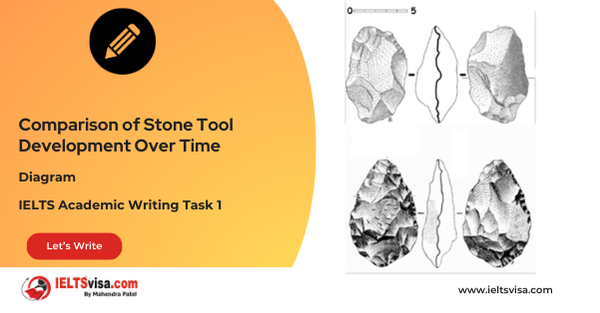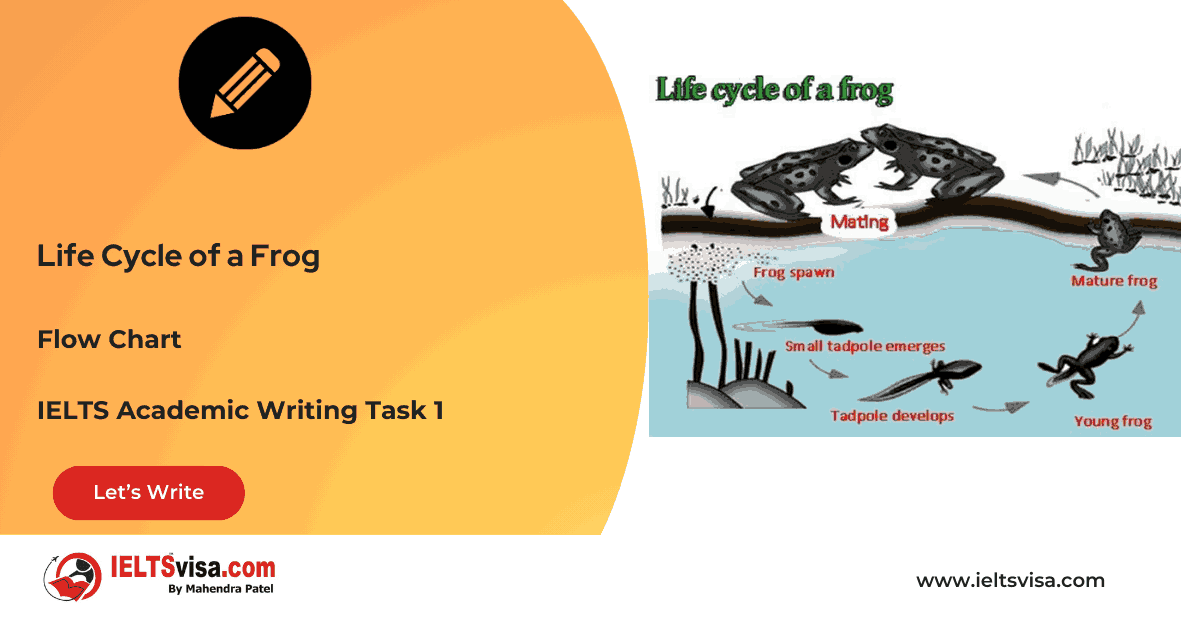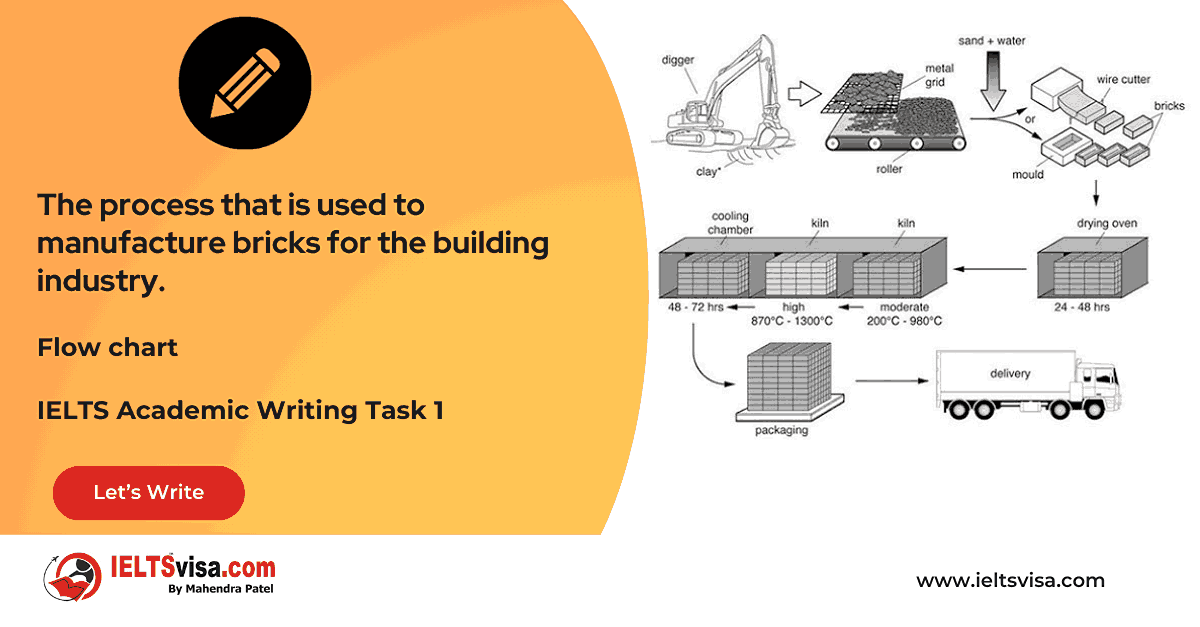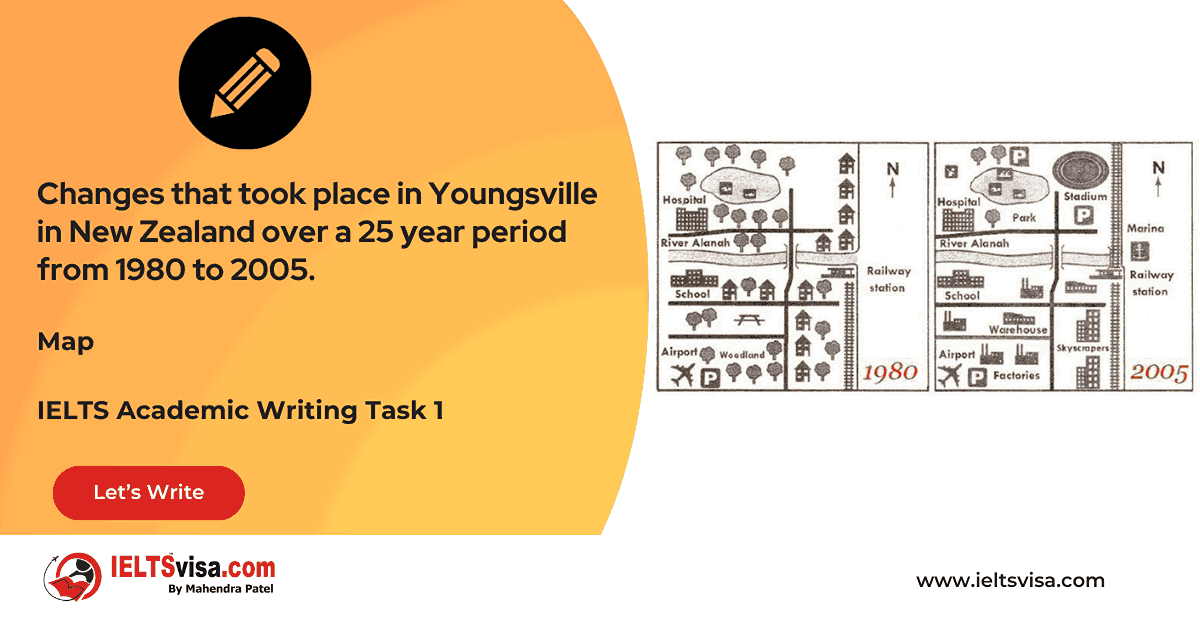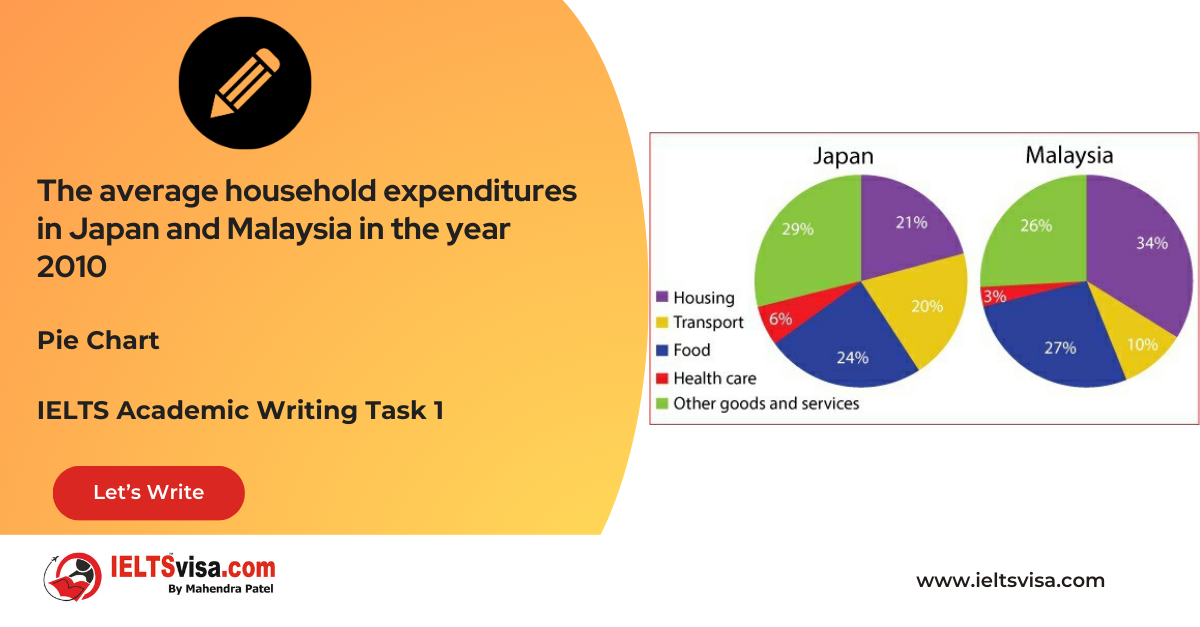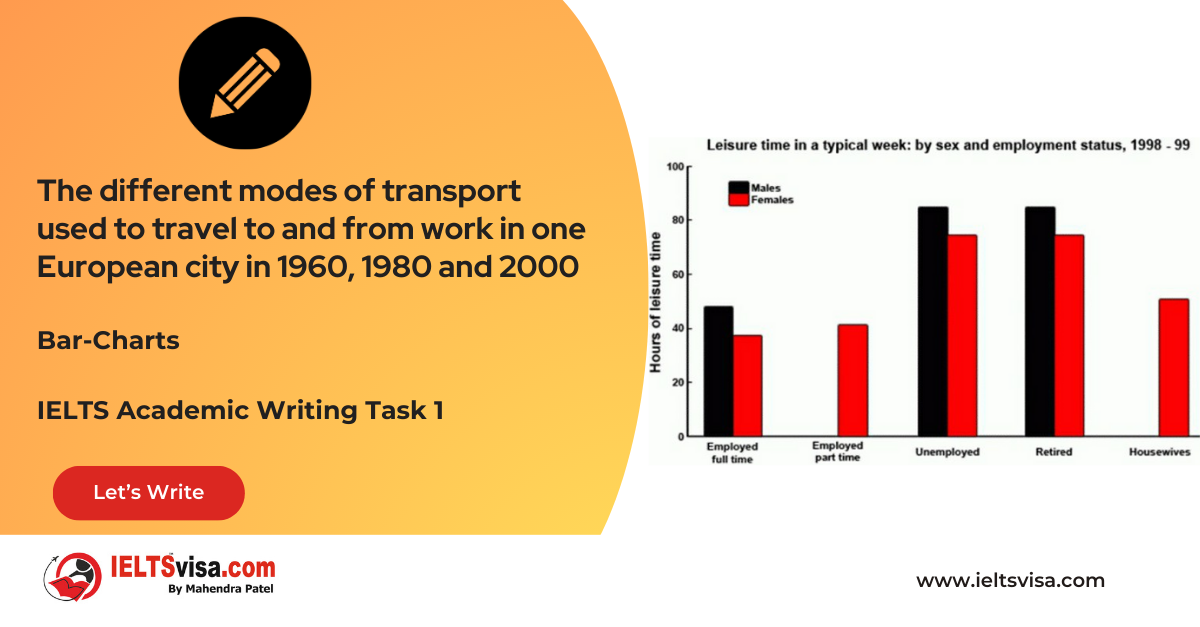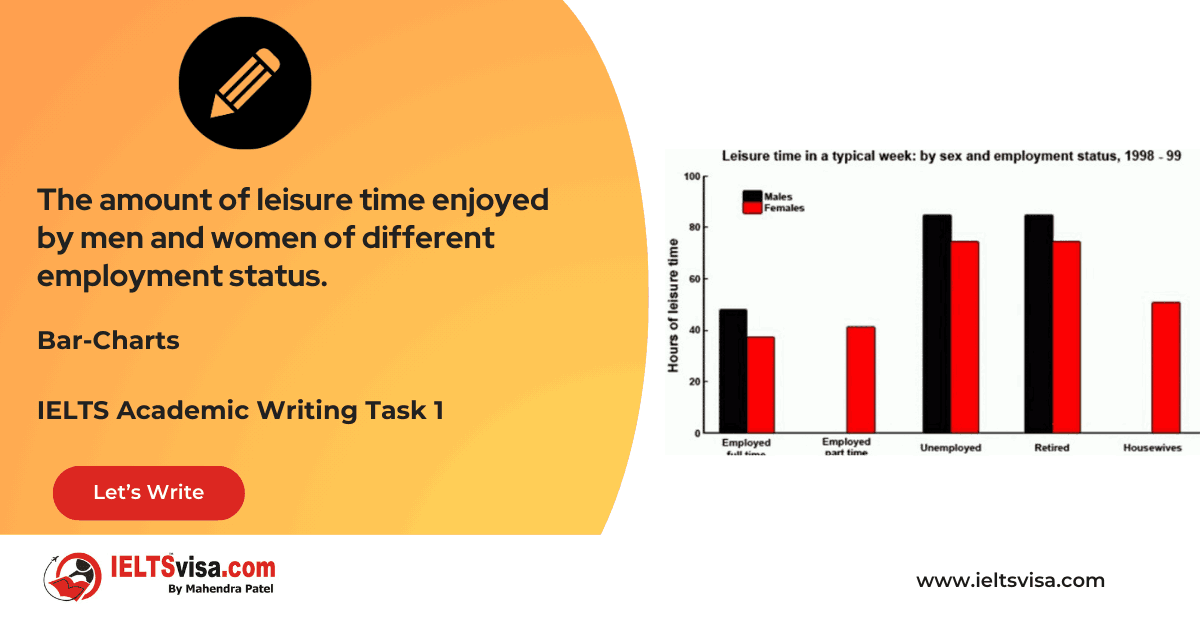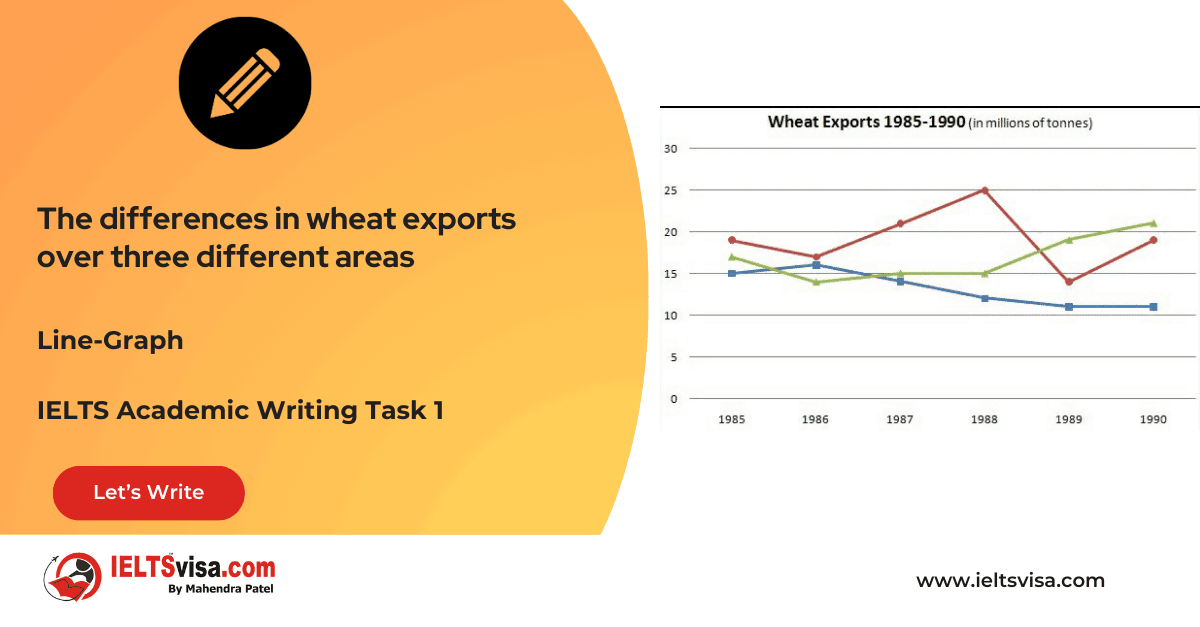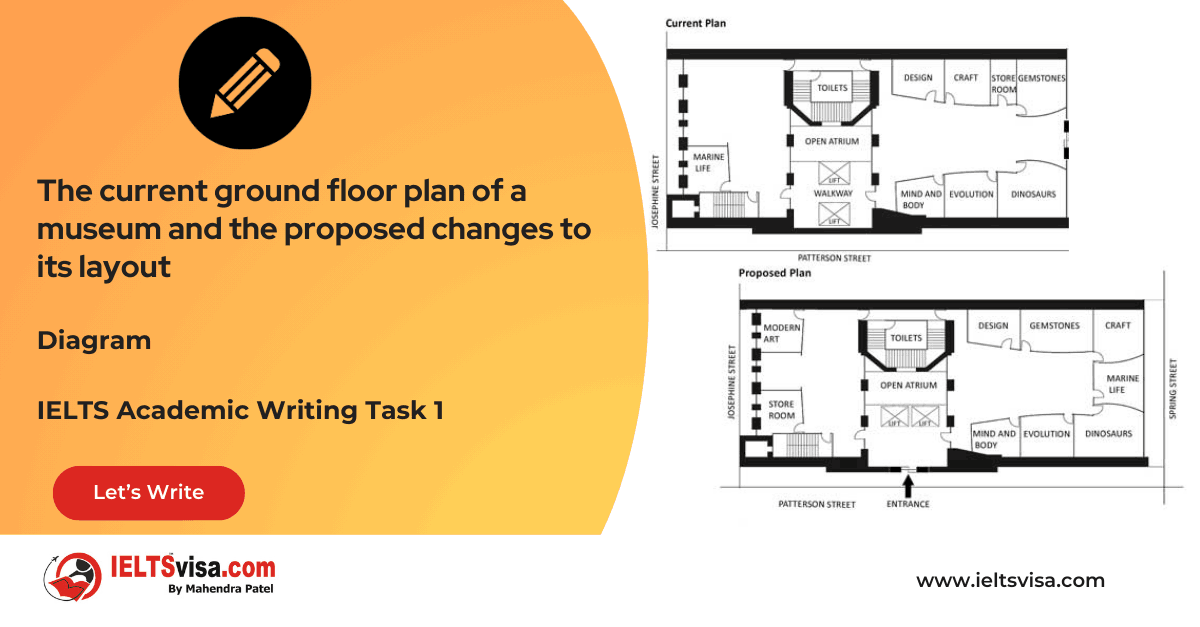Grammar and vocabulary for maps
MapsIELTS Academic Writing Task 1
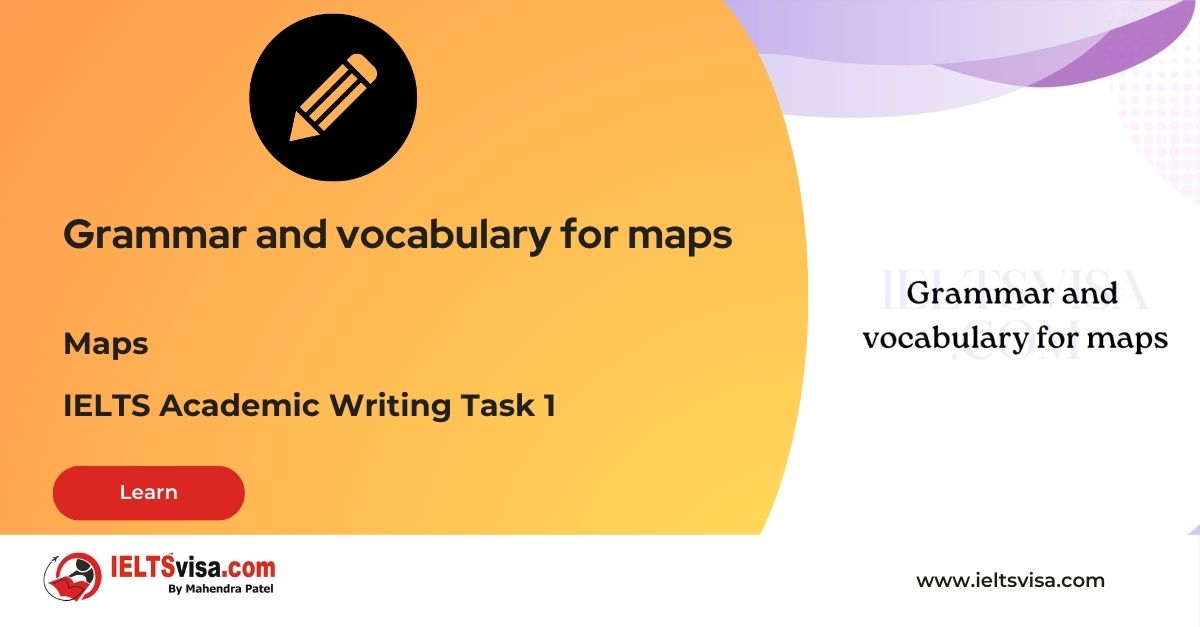
Often presents candidates with maps requiring them to describe and analyze the information accurately. To demonstrate a strong command of vocabulary and avoid repetition, it is essential to use a range of synonyms in your writing. In this article, we will explore how to effectively incorporate synonyms in your maps descriptions, providing examples and answers to help you excel in this task.
Using a variety of synonyms enhances the quality of your writing by demonstrating lexical resources and avoiding redundancy. It allows you to convey the same meaning using different words, resulting in a more engaging and varied response.
Here are some key steps to effectively using a range of synonyms:
1. Identify key elements:
Carefully observe the maps and identify the main features, objects, or locations depicted. Note down the specific vocabulary you can use to describe each element.
2. Build a synonym list:
Create a list of synonyms for the words you identified. This can include alternative nouns, verbs, adjectives, and adverbs related to the key elements. Thesauruses and word banks can be helpful resources for finding synonyms.
3. Maintain coherence:
Ensure your writing remains coherent and understandable while using synonyms. Avoid using obscure or uncommon words that may confuse the reader. Use appropriate and commonly used synonyms in the context of describing maps.
4. Vary sentence structures:
Incorporate synonyms in different sentence structures to add variety and fluency to your writing. This can include using synonyms as subjects, objects, or modifiers within the sentence.
Examples and Answers:
To illustrate the effective use of a range of synonyms, let’s consider a couple of examples:
Task: The maps below illustrate the changes in a shopping mall layout after renovation.
Answer: The shopping mall underwent a significant transformation, with the central atrium being converted into a spacious plaza. The food court was expanded, providing a broader range of dining options. Additionally, the retail stores were redesigned, offering a more diverse selection of merchandise. The parking area was also enlarged to accommodate more vehicles.
In this example, synonyms such as “transformation” (instead of “change”), “spacious plaza” (instead of “central atrium”), “expanded” (instead of “enlarged”), and “dining options” (instead of “restaurants”) effectively convey the intended meaning while adding variety to the description.
Task: The maps below show the development of a residential neighbourhood over a 20-year period.
Answer: The residential neighbourhood has seen substantial growth over the given timeframe. The number of housing units has increased significantly, with apartment complexes and detached houses rising. Furthermore, green spaces and parks have been established, providing recreational areas for residents. The road network has been expanded, enabling improved connectivity within the neighbourhood.
In this example, synonyms such as “growth” (instead of “development”), “housing units” (instead of “houses”), “established” (instead of “created”), and “improved connectivity” (instead of “better roads”) help diversify the language while maintaining clarity and coherence.
Conclusion:
Using a range of synonyms in IELTS Academic Writing Task 1 – Maps allows you to demonstrate a strong vocabulary and avoid repetition. By identifying key elements, building a synonym list, maintaining coherence, and varying sentence structures, you can effectively incorporate synonyms into your descriptions. This enhances the quality of your writing and showcases your lexical resource. Practice utilizing synonyms in your responses, and you will improve your ability to convey information accurately and engagingly in this task.








Our Books
Master IELTS Speaking Part 1
IELTS Writing Task 1 Book
IELTS Writing Task 2 Book
Practice IELTS Other Modules
IELTS Listening
The IELTS Listening test assesses how well you can understand spoken English in various contexts. It lasts about 30 minutes and is divided into four sections with a total of 40 questions. The listening tasks become increasingly difficult as the test progresses.
IELTS Academic Reading
The IELTS Academic Reading section assesses your ability to understand and interpret a variety of texts in academic settings. It is designed to evaluate a range of reading skills, including skimming for gist, reading for main ideas, reading for detail, understanding inferences, and recognizing a writer's opinions and arguments.
IELTS Speaking
The IELTS Speaking test assesses your ability to communicate in English on everyday topics. It lasts 11-14 minutes and consists of three parts: introduction, cue card, and a discussion based on the cue card topic.
IELTS General Reading
IELTS General Reading tests your ability to understand and interpret various types of texts. Here are some key areas and types of content you can expect to encounter in the reading section, along with tips for effective preparation.
IELTS Academic Writing Task 1
In IELTS Academic Writing Task 1, you are presented with a visual representation of information, such as graphs, charts, tables, or diagrams, and you are required to summarize, compare, or explain the data in your own words.
IELTS General Writing Task 1
In IELTS General Writing Task 1, you are required to write a letter based on a given situation. The letter can be formal, semi-formal, or informal, depending on the prompt. Here’s a breakdown of the key components to include in your letter
IELTS Academic Writing Task 2
In IELTS Academic Writing Task 2, you are required to write an essay in response to a question or topic. Here’s a guide to help you understand the essential elements of this task
IELTS Exam Tips
To succeed in the IELTS exam, practice regularly, familiarize yourself with the test format, improve your vocabulary, develop time management skills, and take mock tests to build confidence.
Grammer for IELTS
Grammar is the foundation of effective communication in English. Understanding tense usage, subject-verb agreement, and sentence structure enhances clarity and coherence in writing and speaking.
Vocabulary for IELTS
Vocabulary plays a crucial role in the IELTS (International English Language Testing System) exam, especially in the Speaking and Writing sections. Here’s an overview of why vocabulary is important and how it impacts your performance
RECENT IELTS SAMPLES QUESTIONS AND ANSWERS
Task 1 – Diagram – Comparison of Stone Tool Development Over Time
20:00 Start Pause Stop [df_adh_heading title_infix="IELTS Writing Task 1 Question" use_divider="on"...
Task 1 – Flow chart -Life Cycle of a Frog
20:00 Start Pause Stop [df_adh_heading title_infix="IELTS Writing Task 1 Question" use_divider="on"...
Task 1 – Flow chart -The process that is used to manufacture bricks for the building industry.
20:00 Start Pause Stop [df_adh_heading title_infix="IELTS Writing Task 1 Question" use_divider="on"...
Task 1 – Map – Changes that took place in Youngsville in New Zealand over a 25 year period from 1980 to 2005.
20:00 Start Pause Stop [df_adh_heading title_infix="IELTS Writing Task 1 Question" use_divider="on"...
Task 1 – Pie Chart – The average household expenditures in Japan and Malaysia in the year 2010
20:00 Start Pause Stop [df_adh_heading title_infix="IELTS Writing Task 1 Question" use_divider="on"...
Task 1 – Bar Graph – The different modes of transport used to travel to and from work in one European city in 1960, 1980 and 2000
20:00 Start Pause Stop [df_adh_heading title_infix="IELTS Writing Task 1 Question" use_divider="on"...
Task 1 – Bar Graph – The amount of leisure time enjoyed by men and women of different employment status
20:00 Start Pause Stop [df_adh_heading title_infix="IELTS Writing Task 1 Question" use_divider="on"...
Task 1 – Line Graph – The differences in wheat exports over three different areas
20:00 Start Pause Stop [df_adh_heading title_infix="IELTS Writing Task 1 Question" use_divider="on"...
Task 1 – Diagram – The current ground floor plan of a museum and the proposed changes to its layout
20:00 Start Pause Stop [df_adh_heading title_infix="IELTS Writing Task 1 Question" use_divider="on"...

